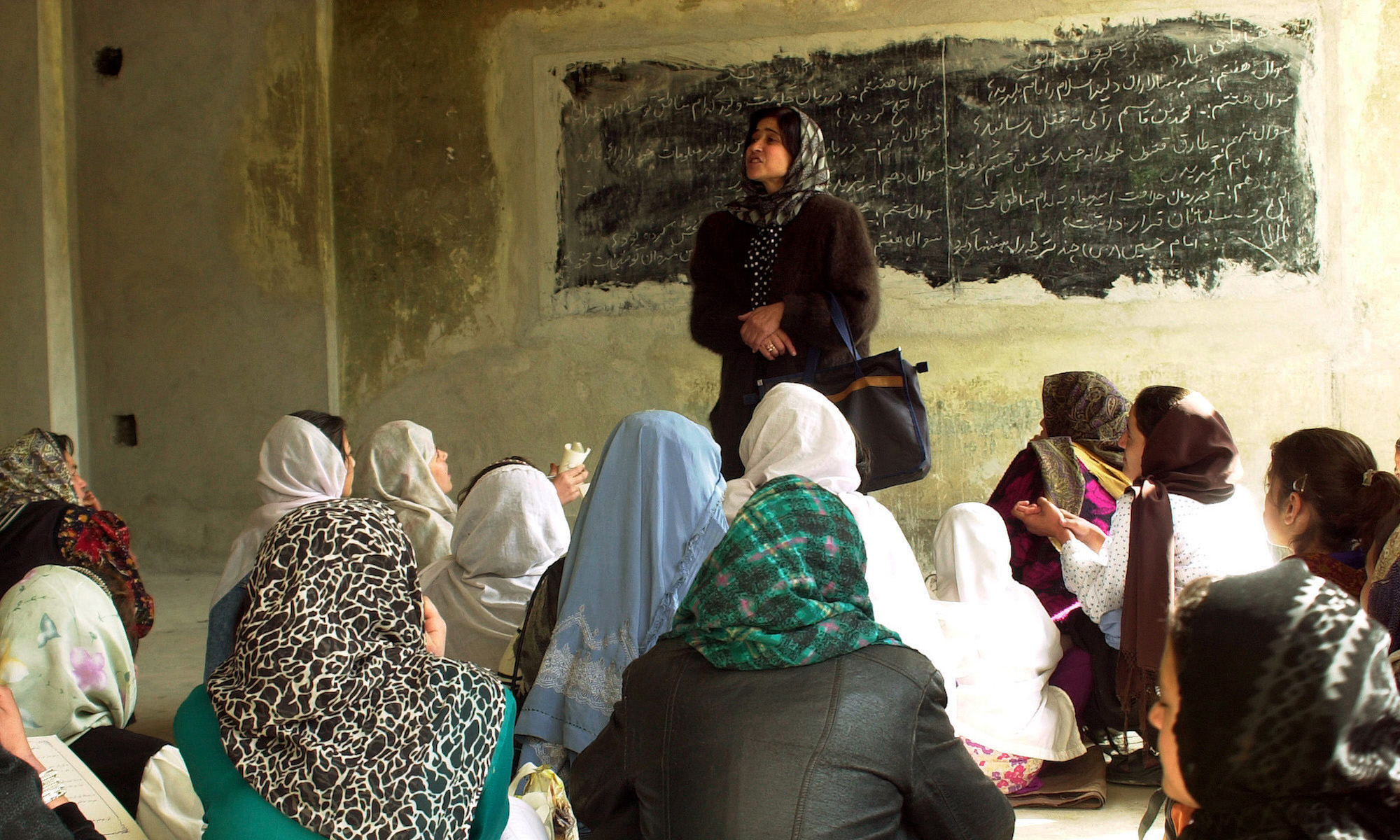Most aid spending by governments seeking to rebuild social and political order is based on an opportunity-cost theory of distracting potential recruits. The logic is that gainfully employed young men are less likely to participate in political violence, implying a positive correlation between unemployment and violence in locations with active insurgencies. The authors test that prediction in Afghanistan, Iraq, and the Philippines, using survey data on unemployment and two newly available measures of insurgency: (1) attacks against government and allied forces and (2) violence that kill civilians. Contrary to the opportunity-cost theory, the data emphatically reject a positive correlation between unemployment and attacks against government and allied forces (p < .05 percent). There is no significant relationship between unemployment and the rate of insurgent attacks that kill civilians. The authors identify several potential explanations, introducing the notion of insurgent precision to adjudicate between the possibilities that predation on one hand, and security measures and information costs on the other, account for the negative correlation between unemployment and violence in these three conflicts.
CDD in post-conflict and conflict-affected areas : experiences from East Asia
Community Driven Development (CDD) projects are now a major component of World Bank assistance to many developing countries. While varying greatly in size and form, such projects aim to ensure that communities have substantive control in deciding how project funds should be used. Giving beneficiaries the power to manage project resources is believed by its proponents to lead to more efficient and effective fund use. It is also claimed that project-initiated participatory processes can have wider ‘spillover’ impacts, building local institutions and leadership, enhancing civic capacity, improving social relations and boosting state legitimacy. This paper briefly reviews the World Bank’s experience of using CDD in conflict-affected and post-conflict areas of the East Asia and Pacific region. The region has been at the forefront of developing large-scale CDD programming including high profile ‘flagships’ such as the Kecamatan Development Program (KDP) in Indonesia and the Kapitbisig Laban Sa Kahirapan-Comprehensive and Integrated Delivery of Social Services (KALAHI-CIDSS) project in the Philippines. As of the end of 2007, CDD constituted fifteen percent of the lending portfolio in East Asia compared with ten percent globally. Many of East Asia’s CDD projects have operated consciously or not in areas affected by protracted violent conflict. CDD has also been used as an explicit mechanism for post-conflict recovery in Mindanao in the Philippines and in Timor Leste, and for conflict victim reintegration in Aceh, Indonesia. It then looks at the evidence on whether and how projects have achieved these outcomes, focusing on a range of recent and current projects in Indonesia, the Philippines, Thailand, and Timor-Leste. The analysis summarizes results, draws on comparative evidence from other projects in the region and elsewhere, and seeks to identify factors that explain variation in outcomes and project performance. The paper concludes with a short summary of what we know, what we don’t, and potential future directions for research and programming.
Monopoly of Force: The Nexus of DDR and SSR
Nation-Building and Integration Policy in the Philippines
The Philippines can be considered a country where successive governments have sought to create a single nation by implementing integration policies. In this article, two formal models are developed –the modernism model and the historicism (primordialism or essentialism) model — to suitably analyze the national integration policy of the Philippines. The analysis reveals that (1) the post-independence national integration policy of the Philippines cannot be regarded as being successful; (2) national integration in the Philippines will continue to be difficult; (3) no deterministic argument can be made regarding the relationship between mobilization and national cleavage; and (4) the modern nation should not be regarded as an extension of pre-modern ethnic groups but as a new identity group that is formed through the process of modernization. In addition, the mathematical implications of the two models are derived. The modernism model implies that (1) in some cases, a ruling group that is in the majority at the time of independence can maintain its position even if it cannot assimilate a majority of the underlying people after independence; (2) in some cases, a ruling group that is not in the majority at the time of independence cannot attain a majority even if it is able to assimilate a majority of the underlying people after independence; and (3) a larger ruling group is not always capable of promoting greater integration than a smaller one can. On the other hand, the historicism model implies that the size of the underlying ethnic group that will comprise the ruling group when mobilized is the key to the success or failure of national integration.
Converting Capacities for War into Capacities for Peace Training the Military in Conflict Transformation
In the practice of conflict transformation, the military, as the perceived perpetrator in most armed conflicts, is almost always excluded. This paper attempts to explore the advantages of integrating armed forces in the process of conflict transformation through the description of the different approaches in engaging the military in peacebuilding, including the use of various instruments that are appropriate and effective with this particular target group. An experiment of this kind conducted in southern Philippines has shown the positive results of this approach in the cessation of hostilities in its 40-year civil strife between the Muslim insurgents and the Christian government, with a direct impact on the behavior and attitudes of the conflict actors both on intrapersonal and interpersonal levels. Finally, this paper analyzes the future challenges of converting capacities of war, such as the military, into capacities for peace within the context of the peace process.
